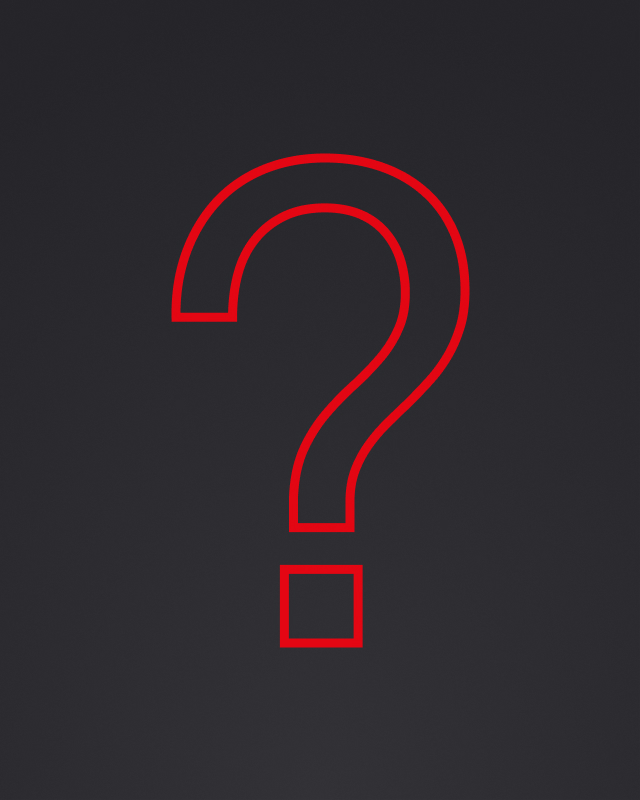The history of x
In ancient Egypt it was the 'heap'. In Renaissance Italy it was the 'thing'. Now we call the unknown number 'x', the third-from-last letter of the Roman alphabet, a mathematical convention that dates back to seventeenth century France.
Most innovations in scientific notation barely register beyond the academic world. The 'x' is one of the few that has been appropriated by the wider culture. It is shorthand for something mysterious, secret or unexplained. Hence X-ray (unknown radiation), X-Files (unsolved crimes, with a flavour of the paranormal), and X factor (unspecified hidden talent). X has become a marker for whatever we don't yet know or understand.
The birth of 'x' was a game-changer for mathematics, helping establish a symbolic language – what we now call algebra – that turbocharged the scientific revolution of the seventeenth century. The breakthroughs of thinkers like Isaac Newton were facilitated by this pivotal if unglamorous advance in notation.
The ancient Egyptians expressed their maths problems in words: "What is the heap of which 2/3 + 1/10 will make ten?", asks the author of the Rhind Papyrus, a manuscript dating from around 1600BC. The way the ancients solved these tasks was essentially using trial and error, referring to a library of haphazard and laborious methods. The rhetorical style of describing equations continued for another two and a half thousand years, its wordiness inhibiting clarity of mathematical thinking.
The move from spoken language to written symbols accelerated in fifteenth century Europe. For Luca Pacioli, the mathematician and friend of Leonardo da Vinci, the unknown number was 'cosa' meaning 'thing', and the square of the unknown was 'census'. A century later, the Frenchman François Viète wrote 'A plano' and 'A quad' for an unknown and its square. A century after that, his compatriot René Descartes coined the terms 'x' and 'x2', which are still in use today.
Replacing words with symbols was about more than convenience. The letter 'x' may have emerged as an abbreviation, but once invented it became a powerful tool for thought in its own right. A word cannot be subjected to mathematical operations in the way that a symbol such as 'x' can. Letter symbols took maths into a realm far beyond language, and algebra soon revealed abstract patterns that underlie much of the modern world, from the combustion engine to the internet.
But why 'x'? Was Descartes' choice a reference to the ephemeral magic of a kiss, the location of hidden treasure or a nod to the Christian cross? The truth is less romantic or spiritual, and instead a reflection of technical constraints.
In 1637, Descartes published Discourse on Method, the foundational work of Enlightenment philosophy. The book contains perhaps the most famous philosophical quotation of all, cogito ergo sum, I think therefore I am, by which he means that it is impossible to doubt one's own existence. In one of the appendices to the Discourse, called La Géométrie, Descartes sketches out how geometry and algebra are related. (This book is also the reason why graphs with an x and a y-axis are said to employ the Cartesian coordinate system. Cartesian means relating to the ideas of Descartes.)
Descartes decided to use lower-case letters from the beginning of the alphabet for known quantities, and lower-case letters from the end of the alphabet for unknowns. During the printing, however, certain letters began to run short and since x is used less frequently in French than y or z, it became the letter of choice.
Were it not for the challenges of limited printing stock, we might have needed a Y-ray to examine our broken bones, and the intangible factor of star quality might have been denoted by a Z.

